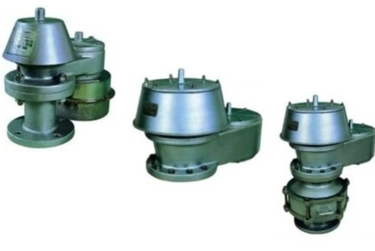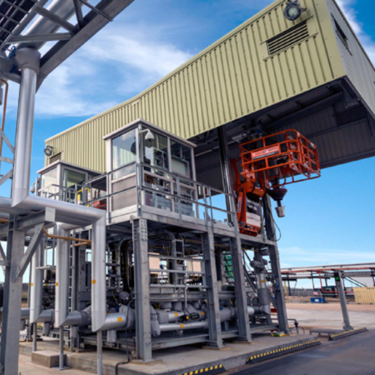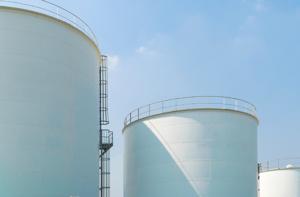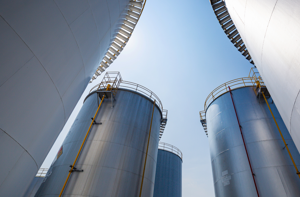
Flame arresters
We supply and service a wide range of detonation and deflagration flame arresters to prevent the onward travel of a flame path and keep facilities safe.
Our CompEx-trained engineers can provide advice on the selection and installation of a suitable device and are experienced in servicing arresters made by other manufacturers.
All our flame arresters are:
- Compliant with ISO 16852:2008.
- ATEX rated.
- Manufactured to ISO9001.
- Easy to service.
- Cost effective.
- Supplied with a document pack which includes certified drawings, test certs, welding specs, material test certs; MIL certs & 3.1 certs.

Added value
Proven results
Experienced
Bespoke
Compliant
Safe
Flame arresters are passive devices which are fitted within or at the end of a pipeline to prevent the onward travel of a flame path. They are used to contain an incident and protect high-value equipment.
An arrester prevents the propagation of flame from the exposed side of the unit to the protected side using a metal matrix called an element. An element comprises a bundle of narrow metal channels which remove heat from the flame and starve it of oxygen as it attempts to pass through it. The diameter and length of the channels within the element will vary significantly, depending on the flammability of the gas (gas group) the arrester is designed for use with.
Deflagration flame arresters
These are required where a flame path does not have the potential to travel at supersonic velocities. This is dictated by the position of the arrester - specifically the length of the pipe run between the arrester and the potential source of ignition. A deflagration arrester is typically smaller and lighter than a detonation arrester. Deflagration arresters can also be installed in end-of-line applications and under pressure/vacuum vents.
Detonation flame arresters
Detonation flame arresters are required where a flame path has the potential to travel at supersonic velocities. This is dictated by the position of the arrester, specifically, the length of the pipe run between the arrester and the potential source of ignition. A detonation arrester is designed to withstand the shock and extreme pressures that a supersonic flame path can generate - generally resulting in a larger, heavier unit.
Here to help with seamless delivery and management of your next process industry project.
Our experts are available to advise, support, and assist with any issues relating to your storage tanks and liquid process infrastructure ensuring you have a safe site, prevent any pollution, and remain operational.
Speak to our experts



